Judging by the large number of photographs and paintings on the walls it is clear that Benjamin van der Helm has moved in for good. He recently left Rotterdam, where he spent most of his life, to live with his boyfriend in Amsterdam. Apart from a pile of boxes stashed in a corner of his Oud-West apartment, nothing else reveals the recent moving operation.
Greeted by a pair of ceramic ducks that take pride of place on the living room table, this interior space is lined by richly colored floor rugs and quirky imagery. Benjamin’s artworks on display are a dead giveaway of his presence in his new surrounds. He is a passionate collector of visual art, however is not particularly fond of the term ‘collector’, finding that it can bring negative connotations. With an outspoken view on the current budget-cuts within the art world of the Lowlands, we find out about his love of all things cultural and his fervent interest in “improving the visibility and accessibility of art.”
This portrait is part of a series of photographer and photography collector portraits in partnership with Unseen Photo Fair.







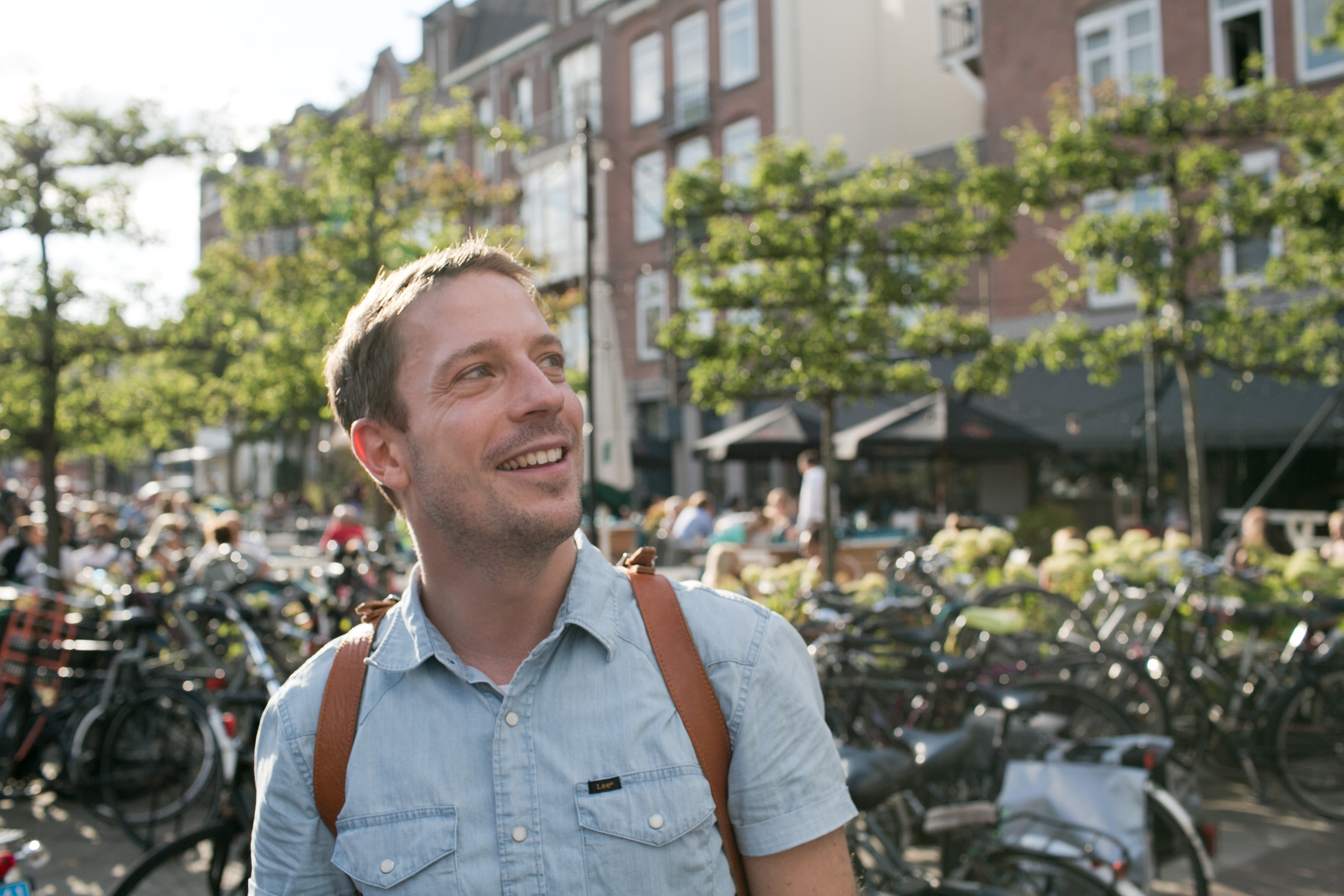
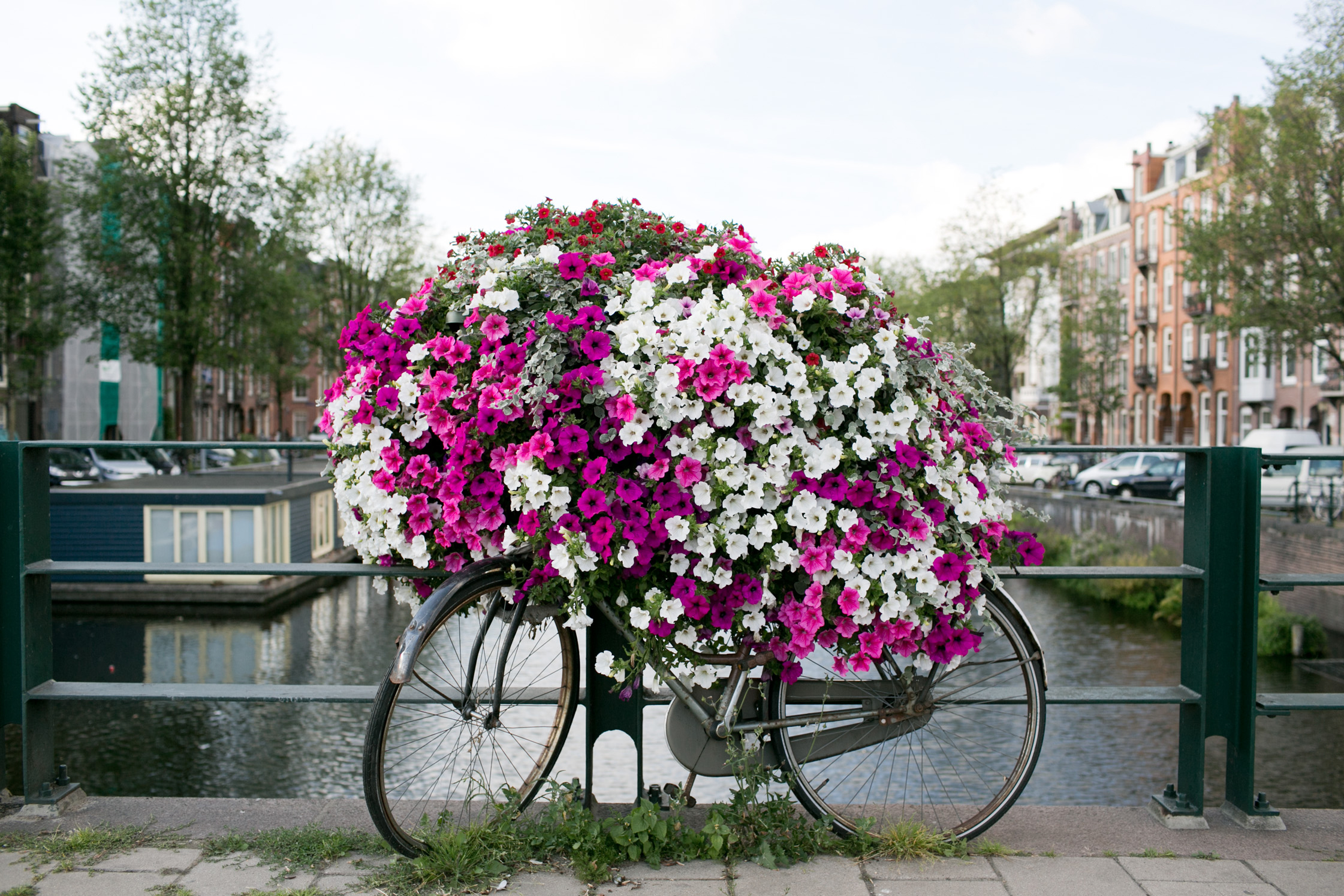



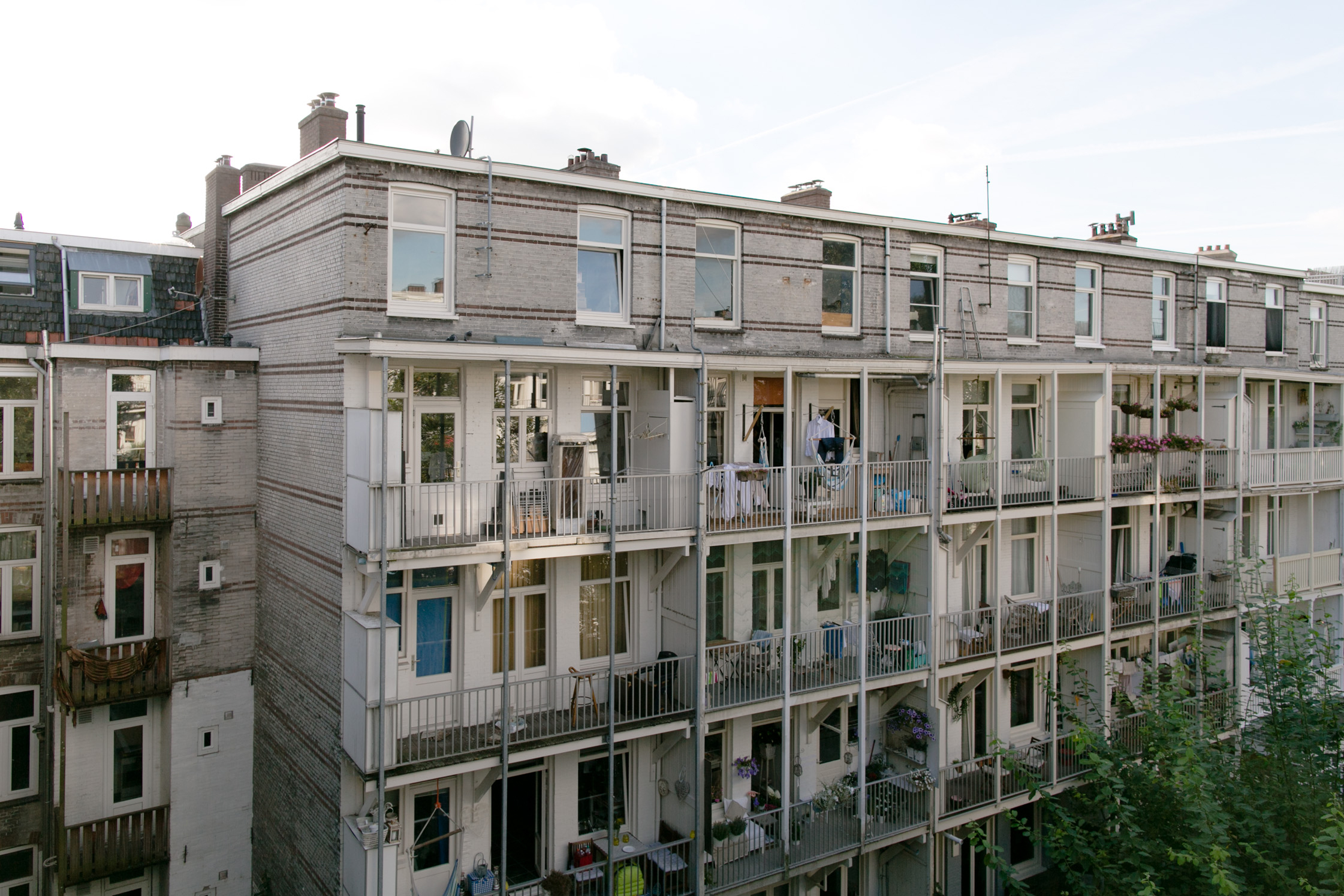
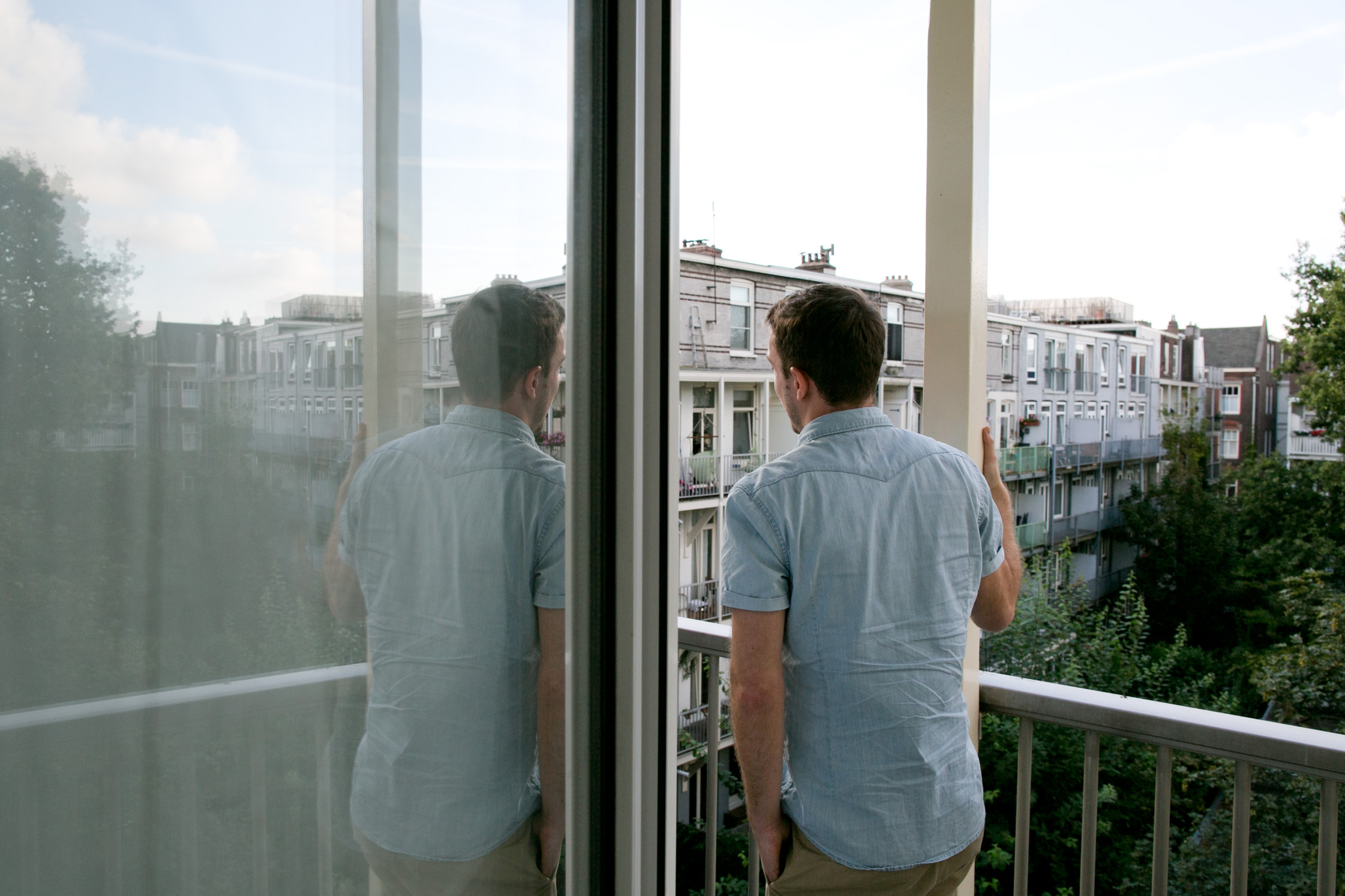




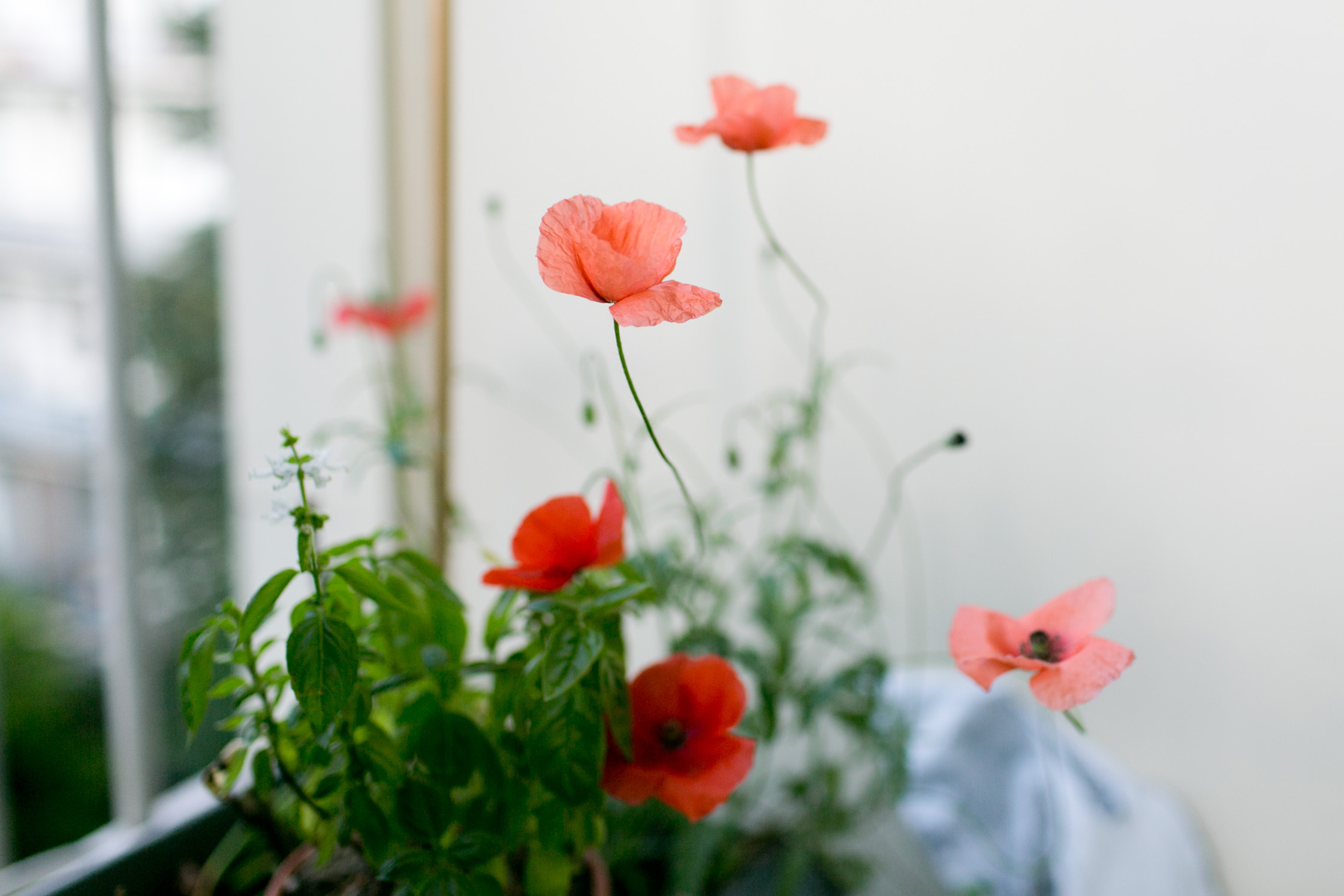

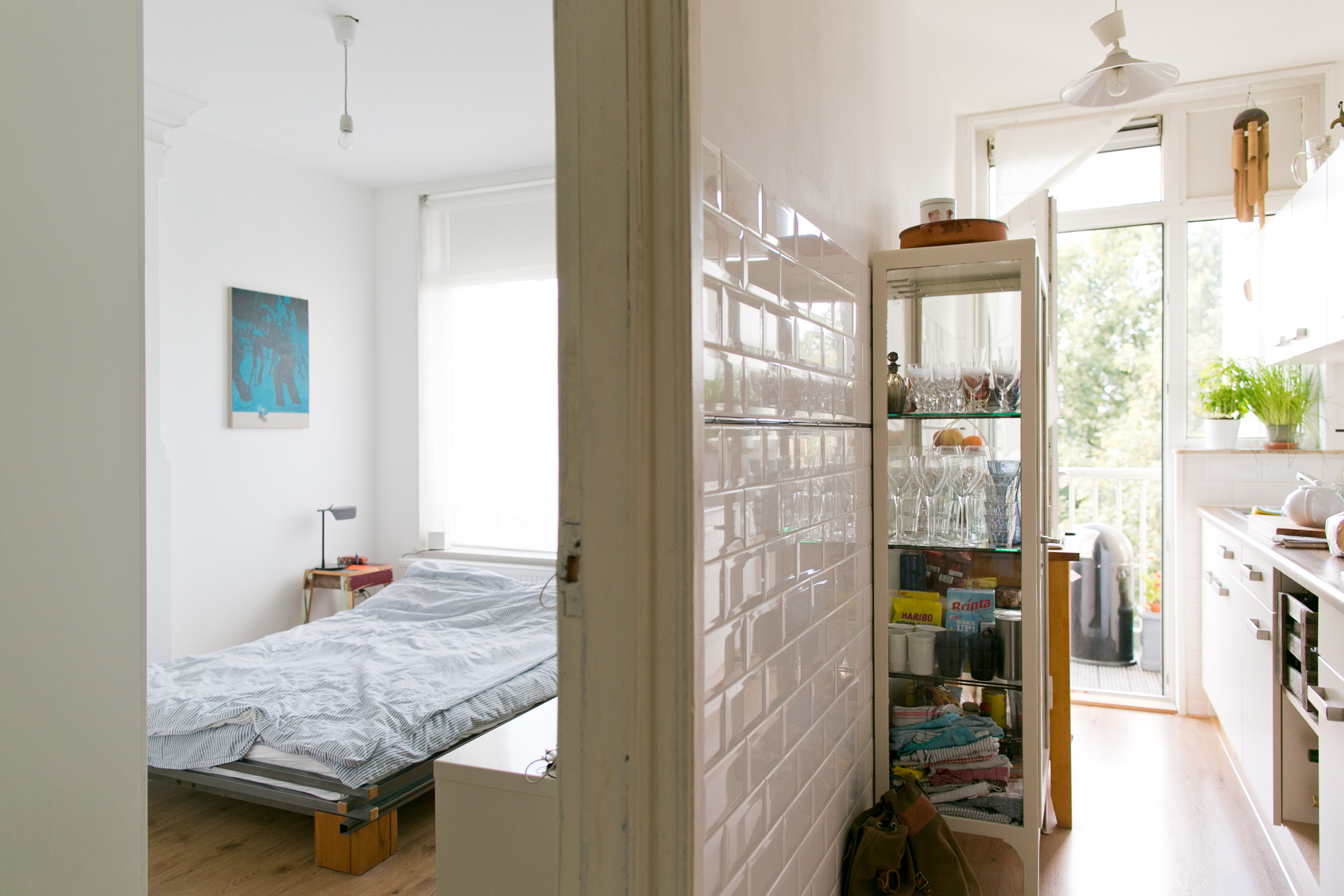





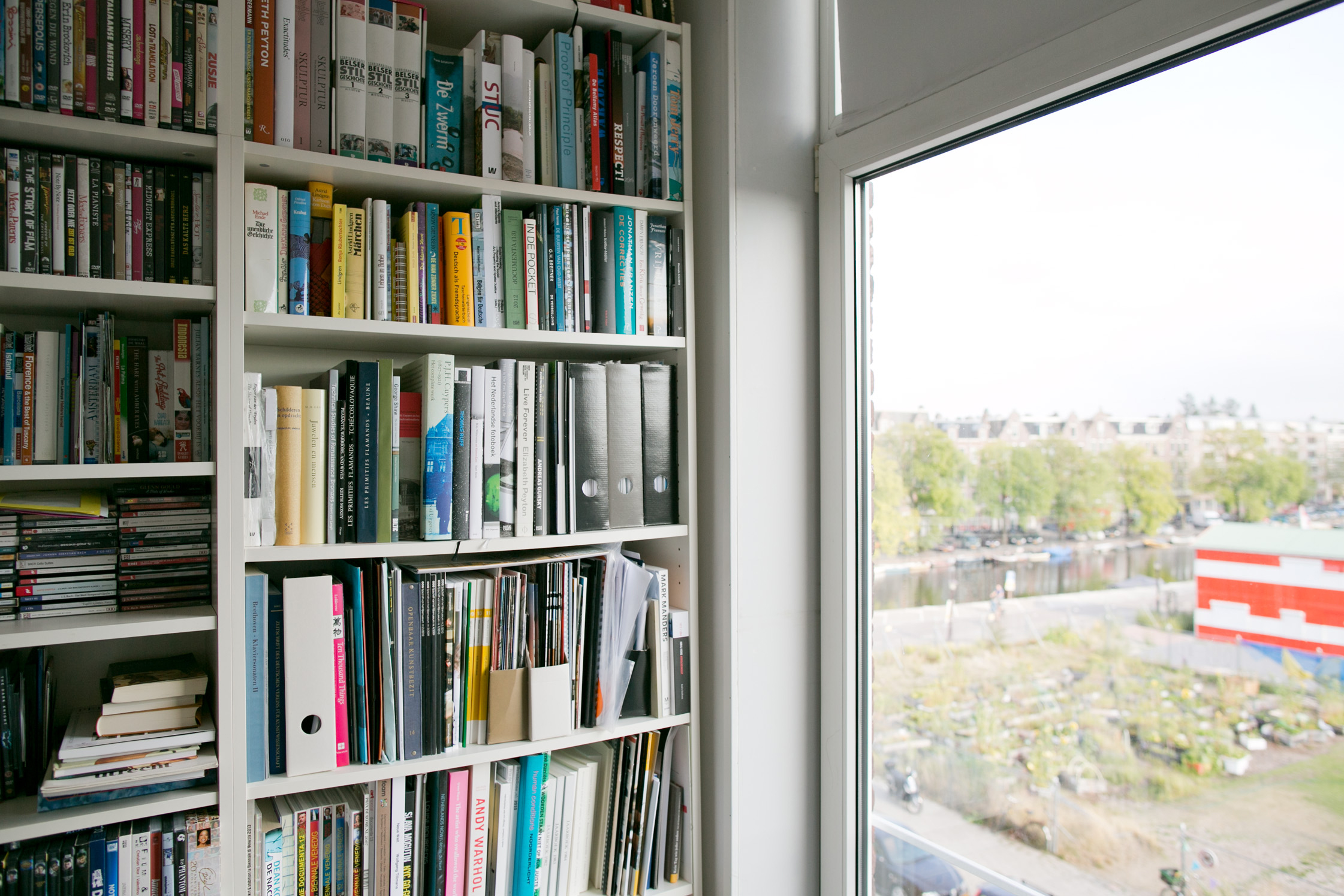




You were introduced to me as an art collector, and judging by your walls you indeed have collected quite a number of pieces. How do you get to become a collector?
Well, maybe I disappoint you now, but I am not really a collector. Or at least I don’t consider myself to be one. The term has a negative connotation to it: loads of money, investing, and speculation.
Sorry for the misunderstanding. But the fact is you have quite a number of artworks.
I have developed a strong interest and love for visual arts over the past ten years or so. At some point I realized that it is possible to buy art. Until then, when I visited museum, galleries or exhibitions, the possibility of buying artworks never occurred to me. Six years ago I bought my first work: a drawing by Koen Taselaar. And since then I have regularly bought artworks.
Later this month the second edition of Unseen Photo Fair opens in Amsterdam. Have you checked your bank account already? Any plans on buying something?
No concrete plans yet, but I certainly plan on going to Unseen. I went there last year and was truly impressed by the format of the fair. The organization aims to present work of both little known or upcoming photographers, as well as little known work by well-known artists. Last year they succeeded well, and I am looking forward to this year’s edition. And of course, I will keep my eyes open for a possible acquisition. It is a fair after all.
You work as a policy advisor on visual arts to the Dutch Ministry of Education, Culture and Science. That sounds like a lot of politics and tedious policy documents, detached from the artists and studios. Don’t you miss out on the action?
It’s not as dull as it sounds, and not half as boring as you portray it. I have been working at the department for over six years now. I started as a jack-of-all-trades, and specialized in the visual arts. I now work as the sole policy worker in visual arts for the director of arts. In my position I contribute to the four-year policy plan, and help to execute it. In my day-to-day work I have a lot of contact with numerous institutions, organisations, and agencies.
Sometimes, of course, I flirt with the idea of working for one of these cultural organisations in order to be closer to the art and artists. But at the same time I enjoy my work at the department, because it allows me to make a significant contribution to the Dutch art scene on a more general level.
That also means making harsh decisions on who receives funding and who doesn’t. In a time of budget cuts, and seemingly decreasing public support for the arts industry, what is your main objective?
I think artists and the art scene in general need to work on their visibility and accessibility. They are already doing much better, but still Mr. Average too often considers art to be a superfluous and decadent accessory. In part, I guess this negative attitude finds its roots in the somewhat closed art scene. Considering the fact that a lot of public money is being spent on art, it makes perfect sense to open up. Artists, galleries, and institutions should try to improve their approachability. That doesn’t mean exclusively producing or exhibiting catchy art that fits everyone’s living room, but stepping out of dusty workshops and high-end galleries now and then.
Do you consider Unseen Photo Fair setting a good example in terms of opening up?
Unseen definitely succeeds in attracting a diverse and alternative public audience. So I guess the answer is yes. The first edition also proved to be highly successful in terms of promotion and visibility. The organisation really made an effort in terms of reaching a new range of people.
It seems that photography in general sees an upswing in popularity, as your own collection perfectly exemplifies. How do you explain this trend?
For me personally, I like photography because it has a certain plainness to it. Photography often comes without the mincing matters that you find in other domains of the visual arts. The photographs that I like best are layered in their concept. You can look for five seconds and see an image, look for two minutes and discover the complexity. You develop a kind of relationship with the pictures.
The reason that photography has gained popularity is perhaps due to overabundance of cameras. Everyone is full-time walking around with one or two camera-equipped gadgets in their pockets, and almost every event is being documented. As a result, everyone is constantly bombarded with images. It is rather about quantity than quality. But as a result, people are also better able to recognize quality.
Benjamin, many thanks for showing us around your new home in Amsterdam and sharing your experiences of working on public policy for the arts in The Netherlands.
We are looking forward to participating at the Unseen Photo Fair in Amsterdam from the 26th-29th of September. You can also view the portrait of Benjamin van der Helm on Unseen’s website.
Read more on the recent collaboration of FvF and Unseen here.
Photography: Jordi Huisman
Interview & Text: Thijs van Velzen
